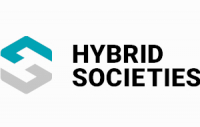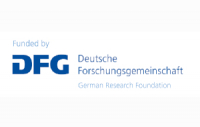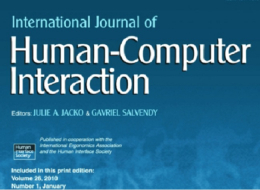Felbel, K., Dettmann, A., Heinz, A. & Bullinger, A.C. (2022). Manoeuvre design in automated driving: investigation of on-ramp situations under the variation of safety distances and traffic flow. In D. de Waard, S.H. Fairclough, K.A. Brookhuis, D. Manzey, L. Onnasch, A. Naumann, R. Wiczorek, F. Di Nocera, S. Röttger & A. Toffetti (Eds.),
Proceedings of the Human Factors and Ergonomics Society Europe Chapter 2022 Annual Conference: Enhancing Safety Critical Performance (pp. 39-50). Human Factors and Ergonomics Society.
https://www.hfes-europe.org/largefiles/proceedingshfeseurope2022.pdf
Felbel, K., Dettmann, A. & Bullinger, A.C. (2022). Analysis of eye gaze given different automated driving styles in an urban environment. IEEE 9th International Conference on Computational Intelligence and Virtual Environments for Measurement Systems and Applications (CIVEMSA) (pp. 1-5). https://doi.org/10.1109/CIVEMSA53371.2022.9853647
Felbel, K., Dettmann, A., & Bullinger, A.C. (2023). The Effect of Implicit Cues in Lane Change Situations on Driving Discomfort. In Krömker, H. (Ed.),
HCI in Mobility, Transport, and Automotive Systems. HCI International 2023. Lecture Notes in Computer Science (Vol. 14049, pp.32–41). Springer International Publishing.
https://doi.org/10.1007/978-3-031-35908-8_3
Hensch, A.-C., Felbel, K., Beggiato, M., Dettmann, A., Krems, J. F., & Bullinger, A. C. (in press). Implicit driving cues for coordinating actions when sharing spaces. In B. Meyer, U. Thomas, & O. Kanoun (Eds.), Hybrid Societies - Humans Interacting with Embodied Technologies (Vol. 1). Springer.





